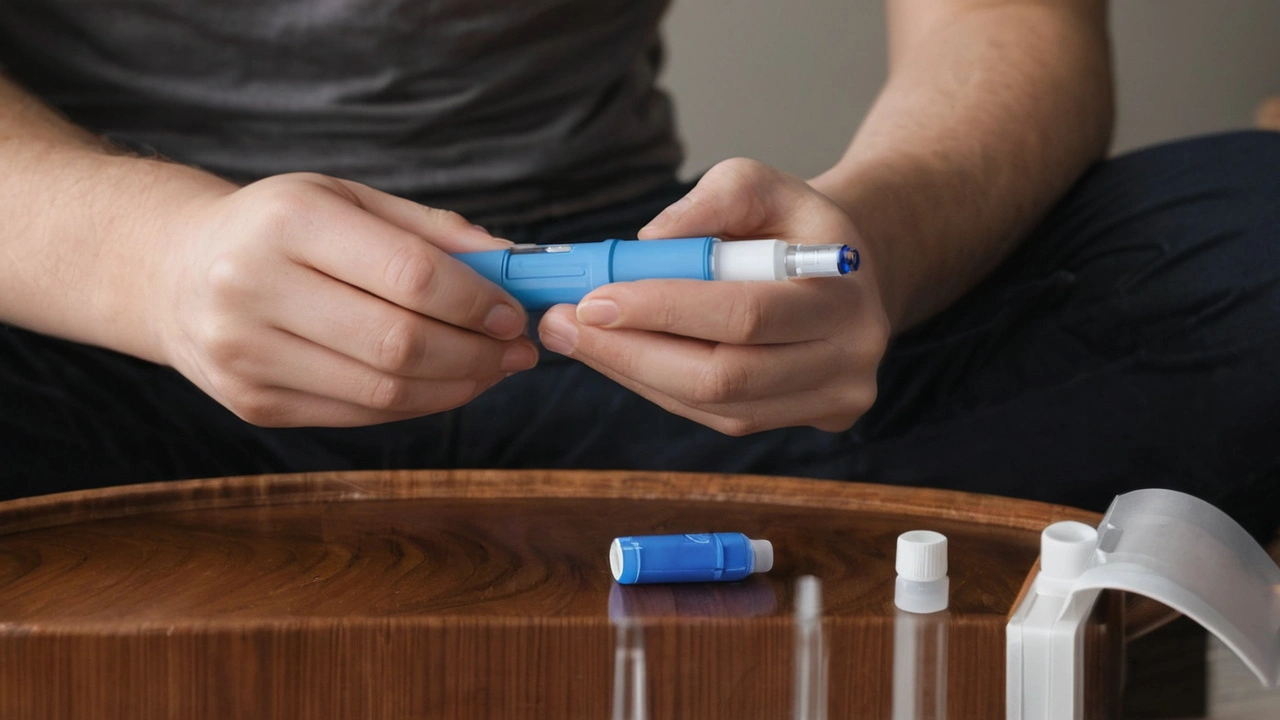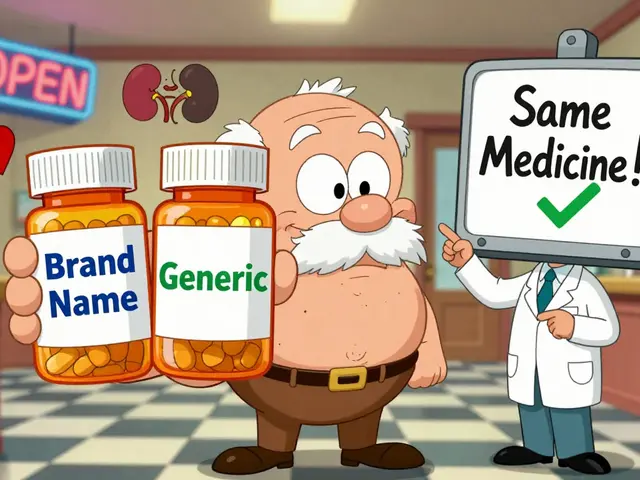Type 2 Diabetes: Simple, Practical Ways to Keep Blood Sugar in Check
Getting a type 2 diabetes diagnosis can feel overwhelming, but small, steady steps make a big difference. This page gives clear, useful actions you can try today — from testing and targets to food, exercise, and when to call your doctor.
Quick action steps you can start now
Check your numbers: aim for fasting blood sugar around 80–130 mg/dL and a post-meal reading under 180 mg/dL. Your A1c target is often under 7% for many adults, but your doctor may set a different goal based on age and health.
Move more: try 150 minutes of moderate activity each week (think brisk walking) and add two sessions of strength training. Even short walks after meals help lower blood sugar spikes.
Eat with purpose: cut back on sugar-sweetened drinks and refined carbs. Focus on whole foods — lean protein, vegetables, whole grains, and healthy fats. Portion control matters: using a smaller plate or a simple habit like half-plate veggies can help.
Lose a little weight: dropping 5–10% of body weight often improves blood sugar and can reduce medication need. Set small, realistic goals — lose 1–2 pounds a week if you can.
Medications, monitoring, and health checks
Metformin is usually the first medication doctors try. If blood sugar remains high, newer drugs like SGLT2 inhibitors or GLP-1 receptor agonists may be added. These not only lower blood sugar but can help with weight and heart or kidney protection for some people. Always talk to your provider before changing meds.
Home glucose monitoring helps you see what works. Consider a continuous glucose monitor (CGM) if you’re on insulin or if your doctor recommends it. Keep a simple log of readings, meals, meds, and activity — patterns show what to tweak.
Don’t skip yearly checks: eye exam for retinopathy, urine test for kidney protein (UACR), foot exam for sores or loss of feeling, and regular blood pressure and cholesterol checks. Vaccines like the flu shot and others your doctor recommends are extra protection.
Know when to call for help: persistent high readings, symptoms like sudden vision changes, severe dehydration, confusion, or wounds that don’t heal need prompt medical attention. Your care team can advise if short-term sick-day rules or medication changes are needed.
Small habits beat big promises. Pick one change this week — a 10-minute walk after dinner, swapping soda for water, or checking glucose at a new time — and build from there. Type 2 diabetes is manageable with steady actions and the right support.





